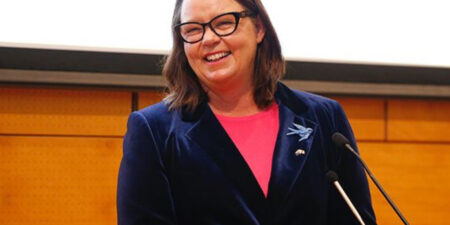
India Kicks Off World’s Largest Democratic Exercise With 2024 General Election

Insights & News


Australia’s New Budget Balances Inflation Reduction and Investment Promotion
The BGA Australia Team, led by Managing Director Michael “Mick” McNeill, wrote an update on …

Singapore’s Incoming Prime Minister Lawrence Wong Announces New Cabinet Lineup
The BGA Singapore Team, led by Managing Director Nydia Ngiow, wrote an update on the …

Australia Open for Business on Gas Development
The BGA Australia Team, led by Managing Director Michael “Mick” McNeill, wrote an update on …
At BowerGroupAsia, we are committed to
delivering result-oriented solutions for our clients
We have proven track record of helping the world’s top companies seize opportunities and manage challenges across the dynamic Indo-Pacific region.




















